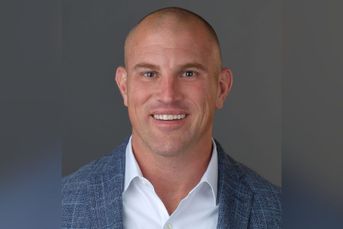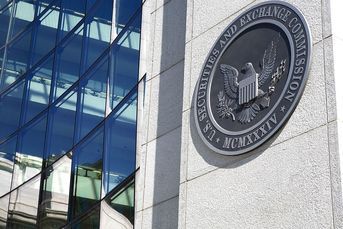What does it mean when superstar breakaway brokers bolt again?

The decision by the Luminous team to leave First Republic could have far-reaching repercussions for the entire advice industry.
In 2008, when a group of advisers in charge of $7 billion left Merrill Lynch to set up their own RIA, Luminous Capital Holdings, the financial advice industry was aghast. It was an audacious move, particularly for a team of all-star financial advisers.
How would these advisers set up their firm? Would their clients follow? Could a group of such advisers, known as breakaway brokers in the industry, leaving one of Wall Street’s giants really make it on their own?
Luminous Capital, led by David Hou and Mark Sear, answered those questions by creating a registered investment adviser that was a resounding success. They timed their move perfectly and left Merrill Lynch in June, three months before the financial crisis hit full stride with the collapse of Lehman Brothers in September 2008. Four years later, First Republic Bank bought Luminous for reportedly $125 million, a staggering sum for an RIA.
Lured by the potential to increase net income and control their businesses, thousands of advisers have since left Wall Street, where they were trained and first chatted up clients. How many of those advisers had the success of the Luminous Capital partners in the back of their minds when they made the decision?
Now, Mr. Hou and Mr. Sear, along with former Luminous partners Robert Skinner and Alan Zafran, are at it again. Last month, they broke away from First Republic to create two new RIAs in a move that defies the standard business practices of the financial advice industry. By then the firm had grown to $17 billion in client assets.
That second move to breakaway by the Luminous Capital partners got the industry’s attention. Until now, when a broker left a Wall Street firm to set up an RIA, he only had one chance to sell his practice. Are the Luminous Capital partners about to change industry norms again?
“When they left Merrill Lynch, it was a watershed moment for the industry,” said Mindy Diamond, an industry recruiter. “And it was another watershed moment to sell to First Republic, and another such moment to leave again. They are entrepreneurial and wanted to be independent again.”
“RIA acquisitions are supposed to be a one-way street, with the purchase being final,” said Danny Sarch, an industry recruiter. “If it’s not, it turns the whole business model on its head.”
Mr. Hou and Mr. Sear are owners of a new RIA, Evoke Wealth, that’s based in Santa Monica, Calif. According to its Form ADV, Evoke Wealth has a staff of 20.
Meanwhile, Mr. Skinner and Mr. Zafran are opening an RIA in Monterey, Calif., called IEQ Capital.
A spokesman for First Republic, Greg Berardi, declined to comment. Representatives for Evoke Wealth and IEQ Capital did not return calls to comment.
The split between the Luminous advisers and First Republic was amicable, not acrimonious, industry sources noted. But it also raises plenty of questions, particularly since the Luminous Capital partners back in 2008 helped popularize the breakaway broker movement and were far in front of the trend.
First, is this a unique deal between the advisers from Luminous Capital and First Republic, a one-off or a harbinger of something new? Normally when firms sell, the sale is permanent.
Will more advisers follow in their footsteps, as many did 11 years ago, and pursue a second opportunity to spin off their businesses?
Also, how was the deal financed? Did the Luminous Capital partners need to buy out their contracts, essentially buying themselves back? Did a private equity fund of some type work with the four advisers?
Ms. Diamond, who said that she had no insight into how the split was financed, added that the four advisers had completed the five-years required under their work agreement with First Republic, and so were in accordance with their contracts with the bank. That put them in a unique position to take the leap back to an independent RIA, she said.
“What this could signal is firms wanting to have tighter contracts with their advisers,” she said. “Back in 2008, this group went independent when no one did. But I don’t think a lot of advisers will do what they did last month because it may be too many moves and disruptive for their clients. But if anyone can pull it off, it’s these guys.”
Learn more about reprints and licensing for this article.








